Salt Damage on Concrete and Environmental Effects: 7 Ways to Prevent Both
Salt damage on concrete is one of the concerns of homeowners and...
Container gardening in concrete planters is a wonderful way to add texture and colour to your garden. Whether used for pedestrian and vehicular control on a busy street in downtown Vancouver or a small deck or garden in the suburbs, concrete planters from Sanderson Concrete come in enough shapes, sizes, finishes and colours to satisfy any gardener’s needs.
We are often asked by our customers for recommendations for properly planting their new precast concrete planters, so today, I thought I’d share some time tested tips for getting the most out of your concrete pots.
Like their plastic and clay cousins, concrete planters require a little prep before planting. Both the plants and the planters like good drainage – the plants, because they are not too fond of having their roots sit in mud for days on end. The planters because of ice.
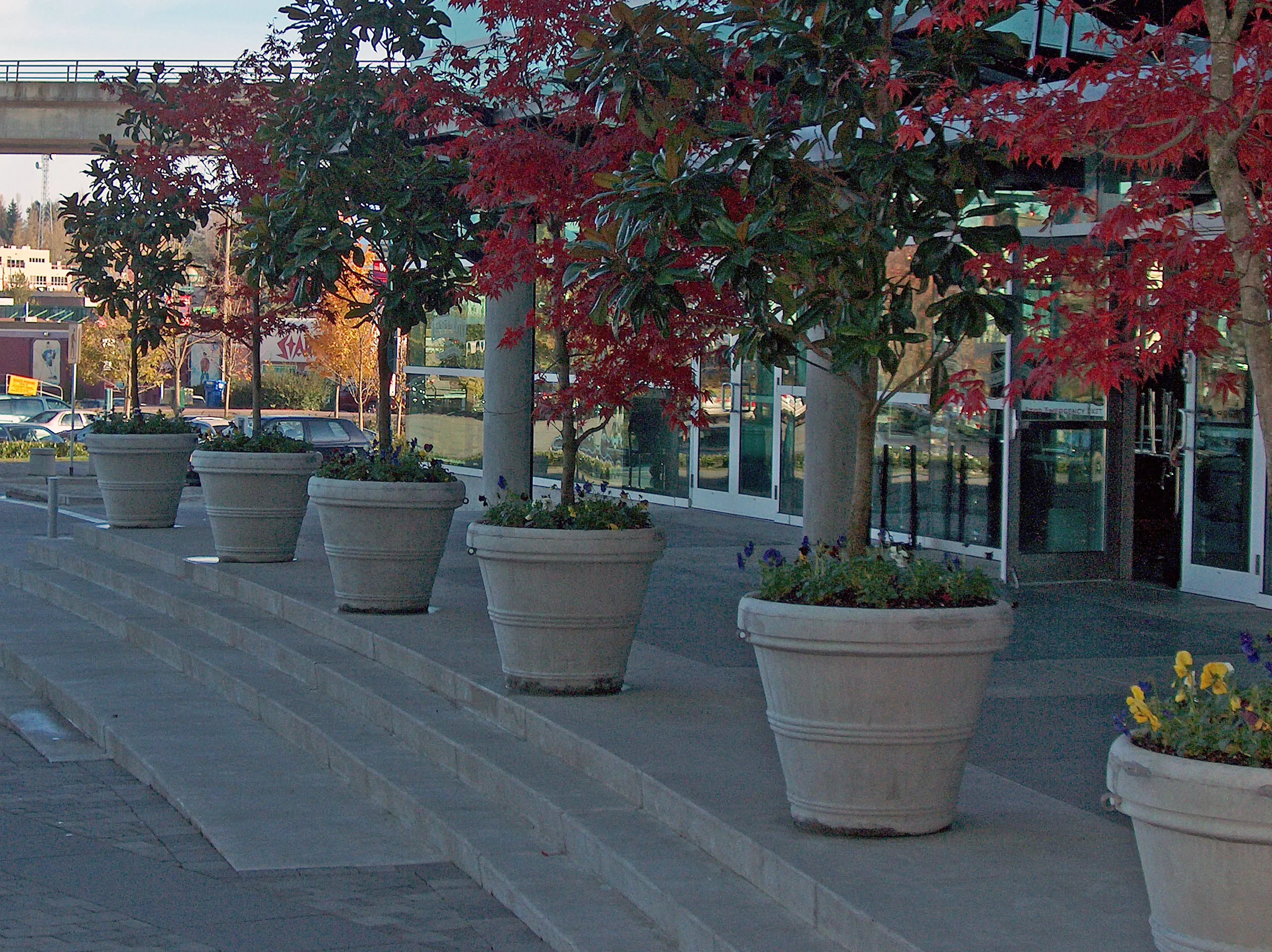
With improper drainage, your root balls may rot, and your plants will die. This gets a bit expensive. I know this, because the one and only time I was allowed by my wife – the gardener in the family – to take care of her plants for a summer, they did not fare so well. As punishment, I was treated to a day at the garden center, picking out new – and expensive – replacement plants for the overwatered perennials I had massacred. This took all day, and while she was enjoying all the new plants and their Latin names, along with their ability to withstand certain amounts of easterly and westerly exposures and time in the sun without sunscreen, I was wistfully wishing I was in the dentist chair – a much less painful way of spending the day. Is it just me, or shouldn’t garden centers have a beer garden?
Your planters also like proper drainage. This is more important in southern British Columbia, where we live, than areas with freezing winters – but not a lot of moisture. It’s not such a bad thing if you don’t over water or it doesn’t rain a lot, but not great if you have any chance of pooling water.
You see, concrete, ceramic, clay – and even plastic – pots that fill with too much water (my rule of thumb is anything more than about an inch and a half) and then freeze, are likely to crack. Ice expands with an incredible force, and if it has nowhere to go, much like a two year old chasing a puppy, it’ll go there anyway. Unlike harder materials, such as concrete and clay, some plastic pots have a bit of give – but when they are cold, they become brittle and will crack as well. Clay pots can really be a problem, as some clay absorbs the water more readily, making it weaker – ceramic and concrete pots less so, but they still require proper drainage if they are going to withstand winter’s ravages.
With a little forethought, though, you can avoid this costly problem in all of your outdoor pots. I am so confident in this method, that when asked about the possibility of cracking in our concrete planters, I offer this unconditional guarantee to our customers: If you follow these basic instructions, your pots will not crack because of freezing.
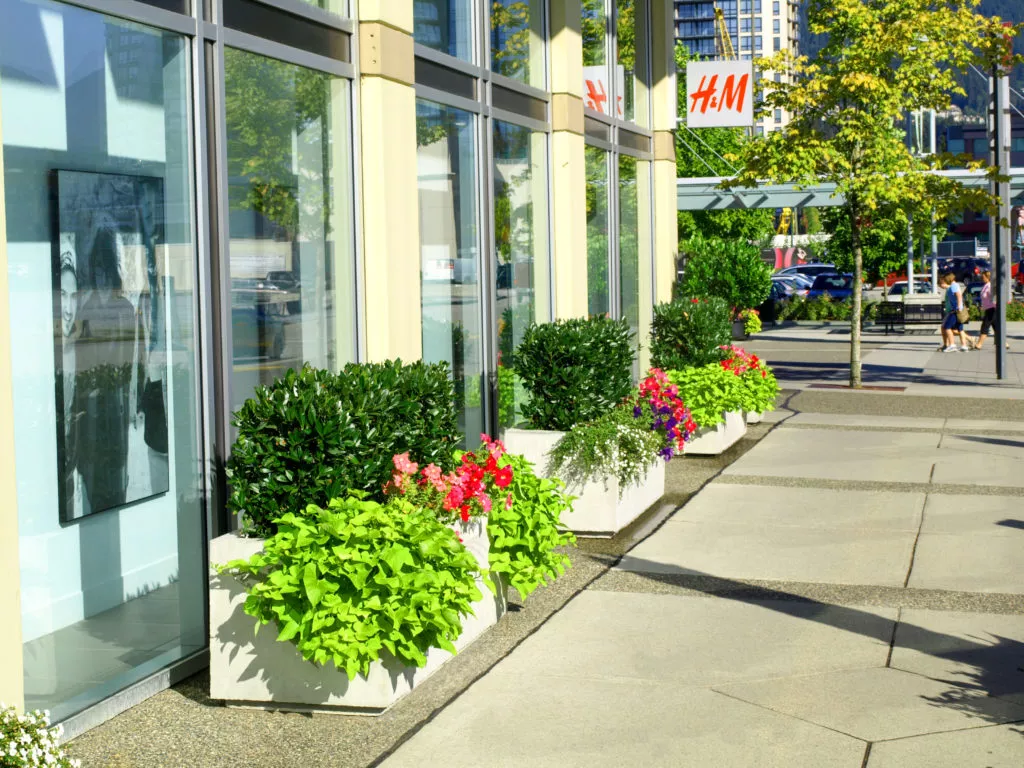
If you have a cracked pot, that you bought from us, bring it back and we’ll replace it. No proof of sale, time limit, partial credit – just bring it back and we’ll replace it. Of course, we’ll want to see it – tire marks or paint from your teenager’s car, when she smacked into it while you were foolishly teaching her how to drive, will likely void our warranty, and we’ll want to see that you did actually put proper drainage in the planter. But if the planter is cracked and it was properly drained – then it’s our fault. So we’ll replace it. Sometimes there are flaws in concrete planters. Sometimes they take a while to show up. If they do, and it affects the planter – we replace it, regardless of how old it is. Period.
So, what is this magic trick, and more importantly, how much does it cost? (very little)
You will need a little drain rock or pea gravel, some filter cloth (or any porous material that will let water flow through it, but stop the soil – I’ve used a chunk of old blue jeans that got so full of holes, I wasn’t allowed to wear them in public with my wife) and a couple of larger stones or old pot shards.
The bottom of your planter will have a drain hole. While it is highly unlikely that there is not a drain hole, if it doesn’t have one, you will need to make one in the pot. Be careful drilling if your pot does not have one – you may crack it, especially clay and ceramic pots. We put drain holes in all of our concrete planters unless they are specially ordered without. If the hole is not visible, it is because we pour them upside down and place pins in the wet concrete that are removed when the concrete is cured. Sometimes, the very bottom of the hole has a thin skin of concrete that just needs to be tapped to fall out – and we do that when finishing the planters.
Okay, back to proper planter drainage 101!
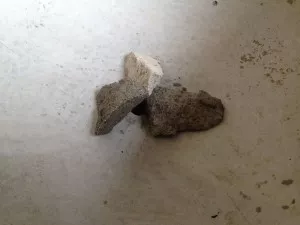
Place a couple of larger stones or pot shards over the drain hole. This will create an air pocket so that loose soil does not plug up your drain hole.
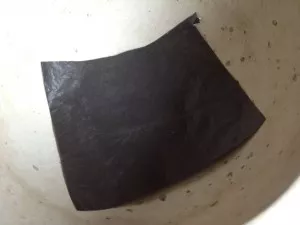
You will then drop a piece of filter cloth over the stones or shards, and then a couple of inches of drain rock or pea gravel on top of the filter and then a couple of inches of drain rock or pea gravel on top of the filter cloth. Then place a final layer of filter cloth on top of your drain rock, and fill the planter with soil. 2”-3” is recommended for larger planters, but really small pots can have as little as 1” of drain rock.
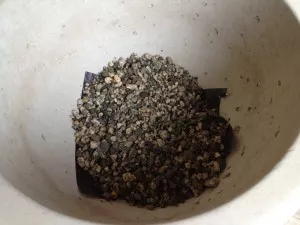
What you have done here is create a filter system and protection for your drain holes. While there will be a small bit of soil in the water that will filter though this into your drain hole, it will be extremely fine and much less likely to plug up the hole and turn your lovely container garden into the dead sea. You also get the added bonus of virtually assuring that your planter will not crack because of the miniature ice rink that forms on some poorly drained planters.
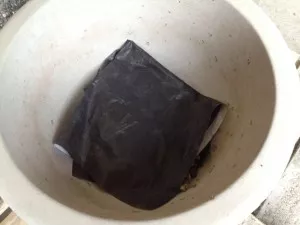
It rains a little in Vancouver. And in the winter, it gets a little cold. Sometimes, the two get together and beat the heck out of our container gardens. But if you have proper drainage in your planters, they won’t crack, and all you’ll have to worry about is whether your garden center actually has a beer garden.
Shameless plug of the day: Our precast concrete planters